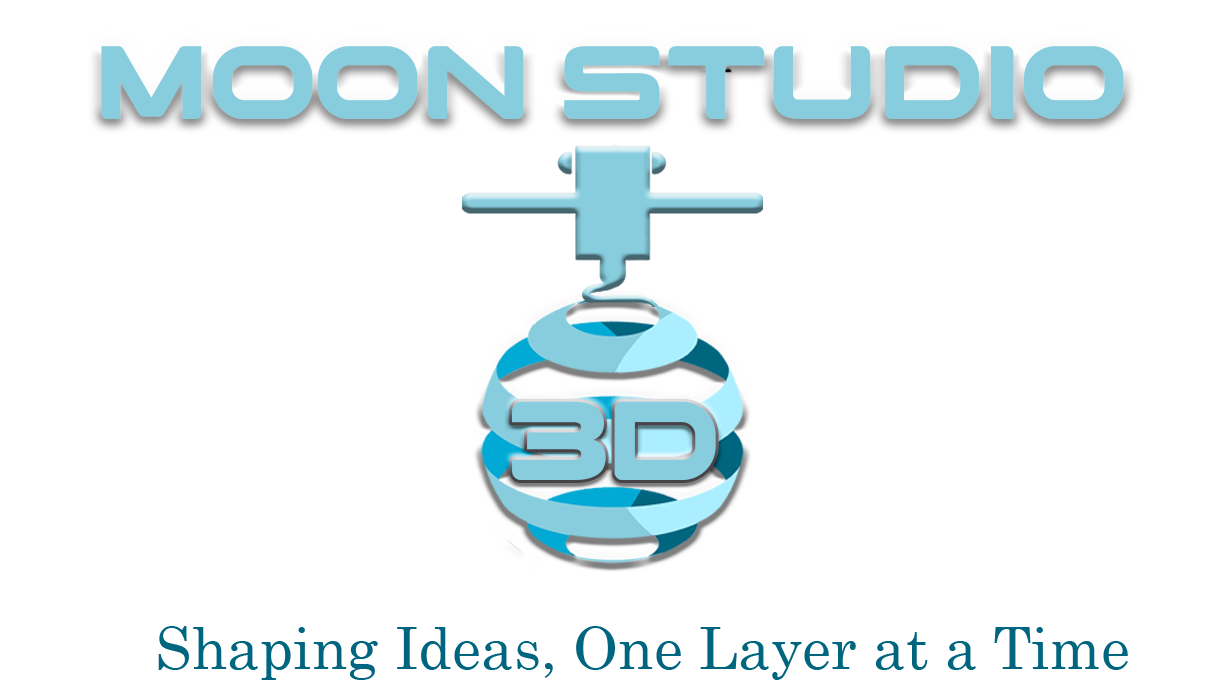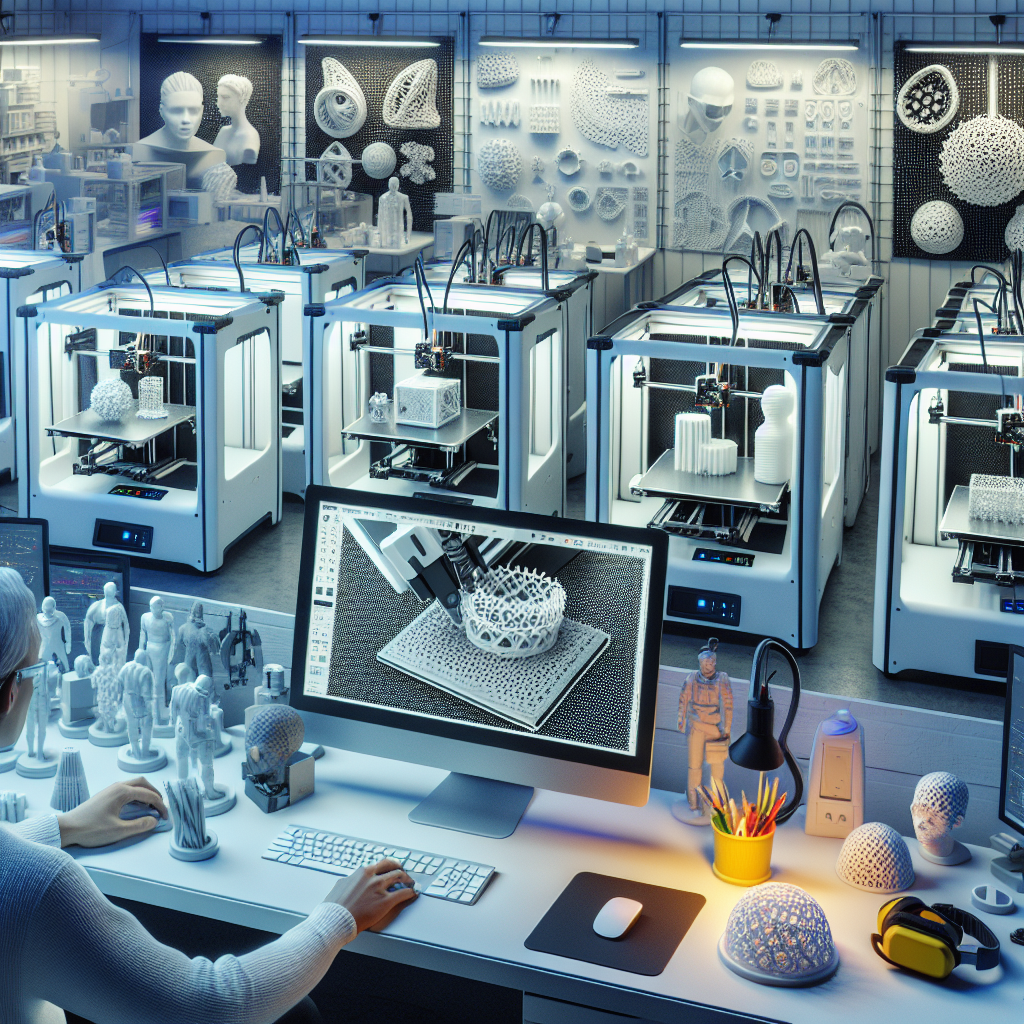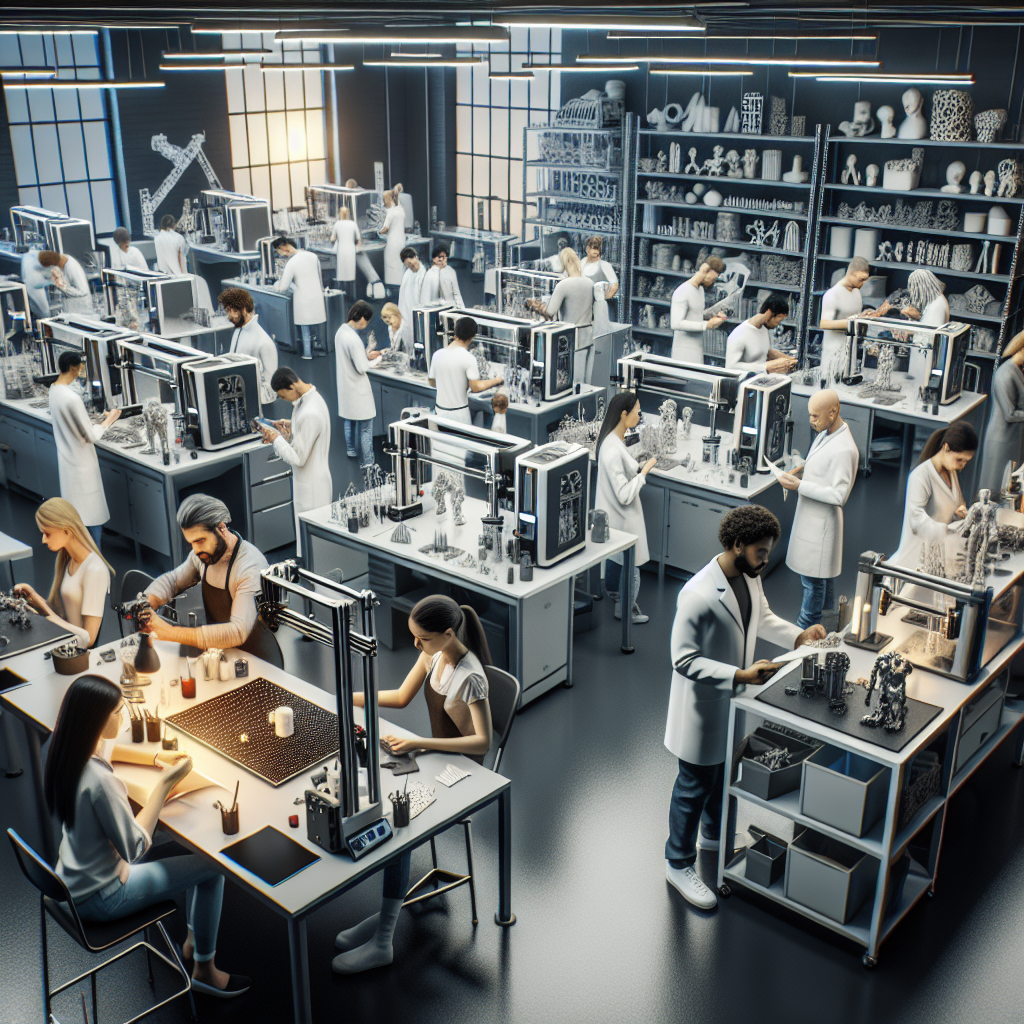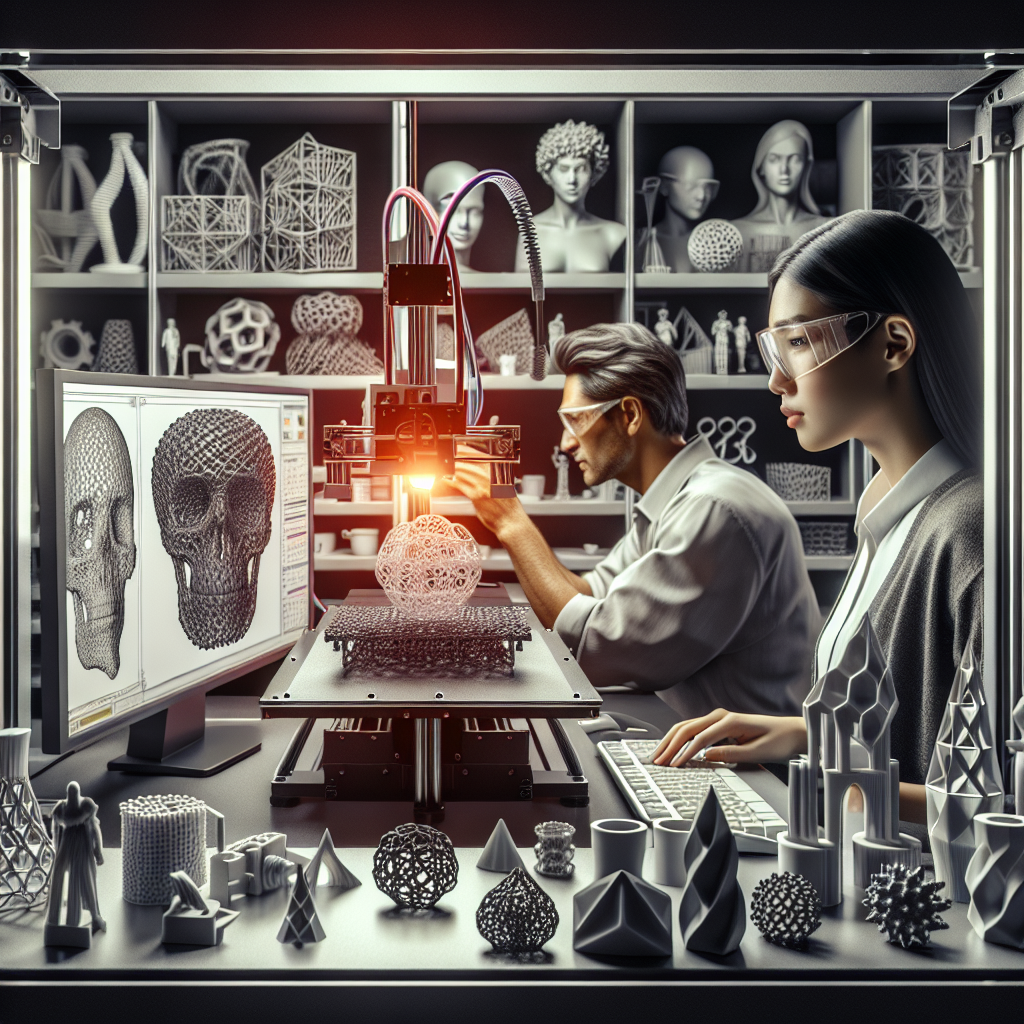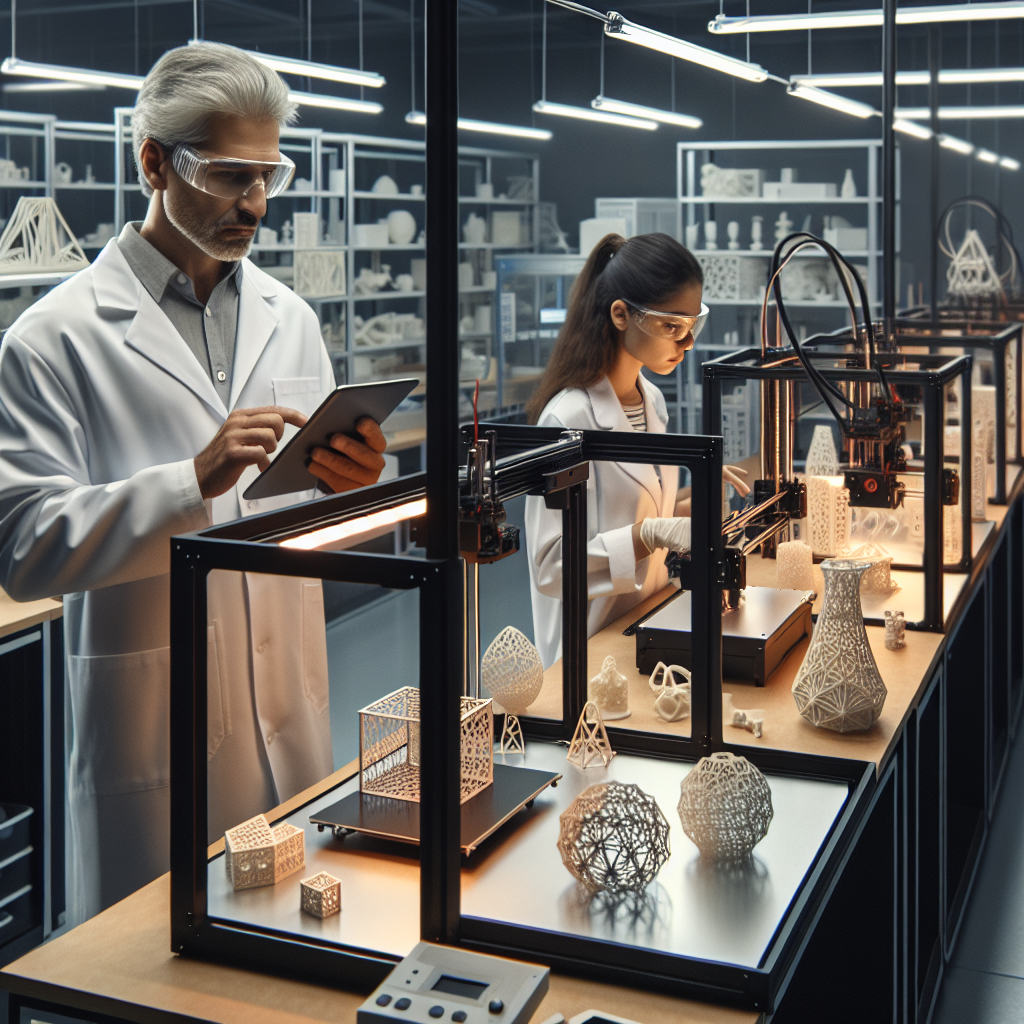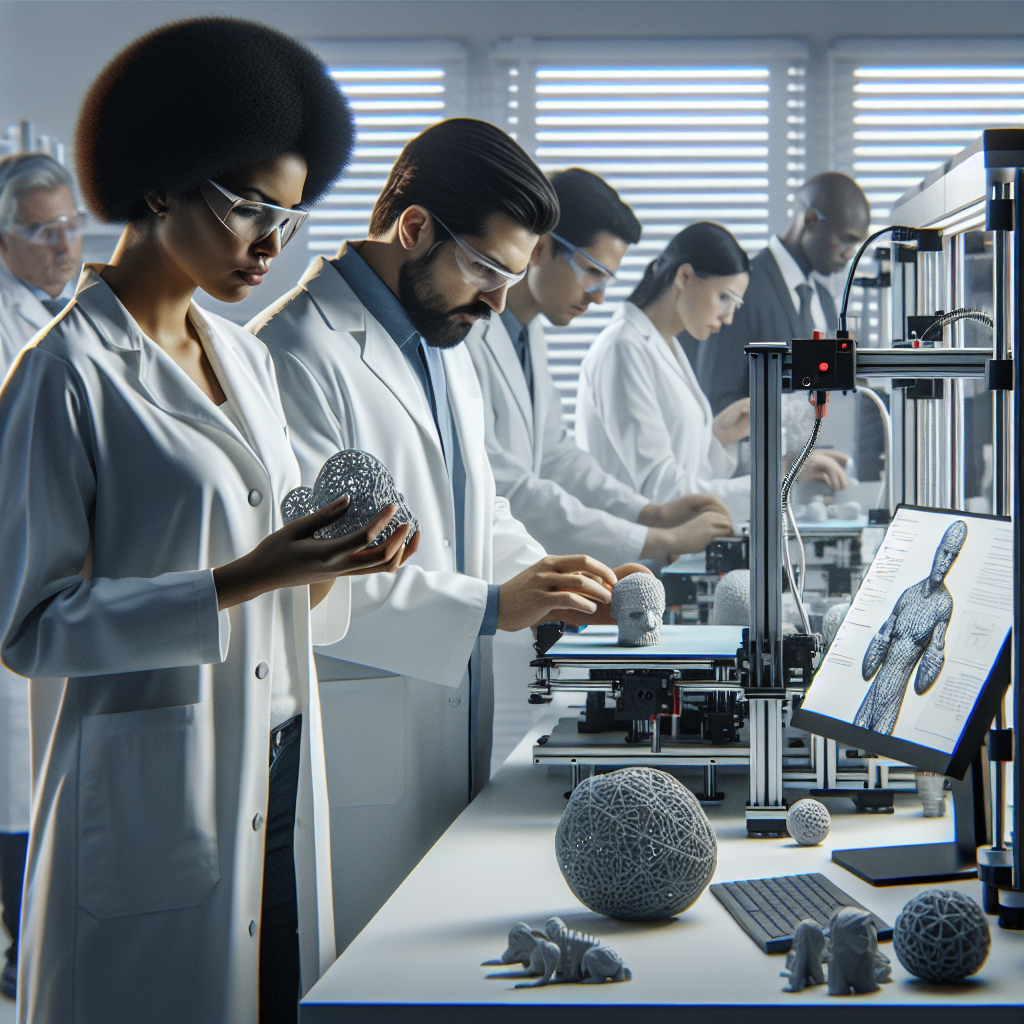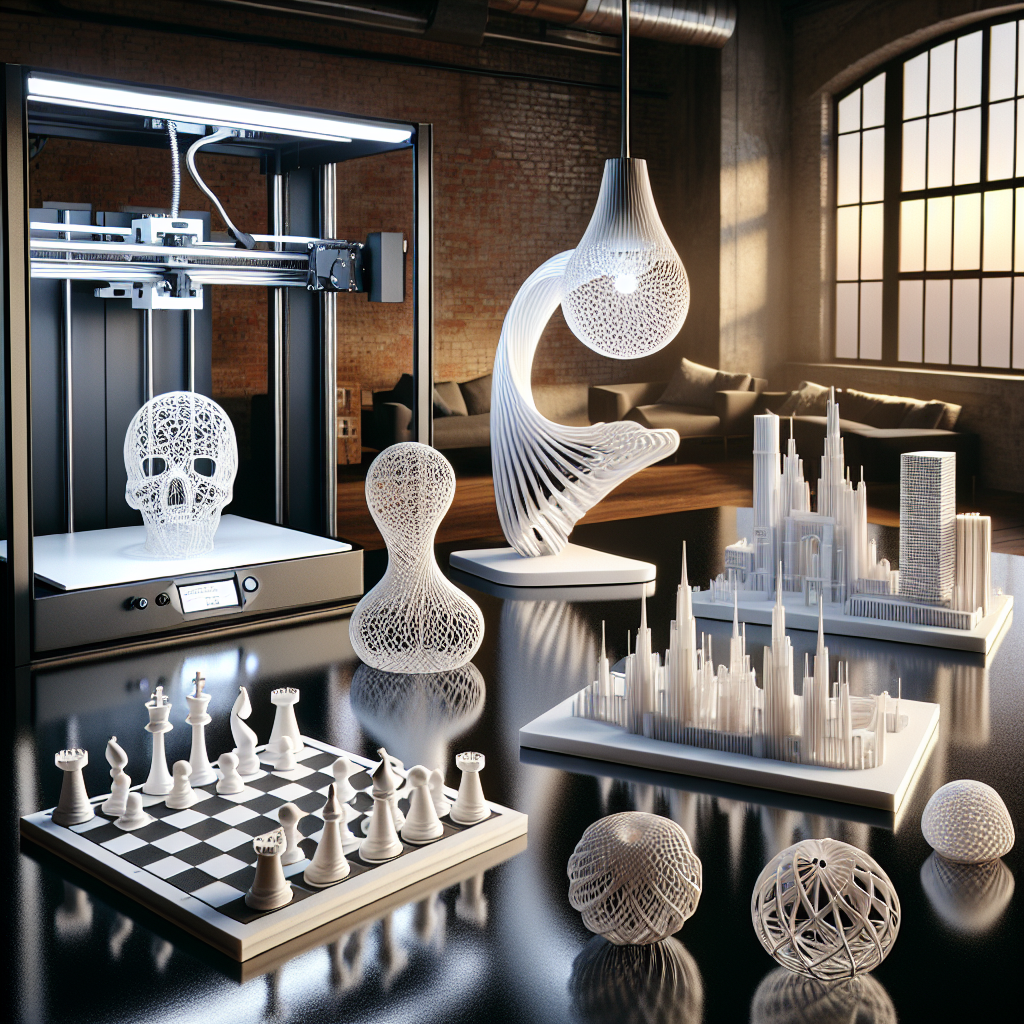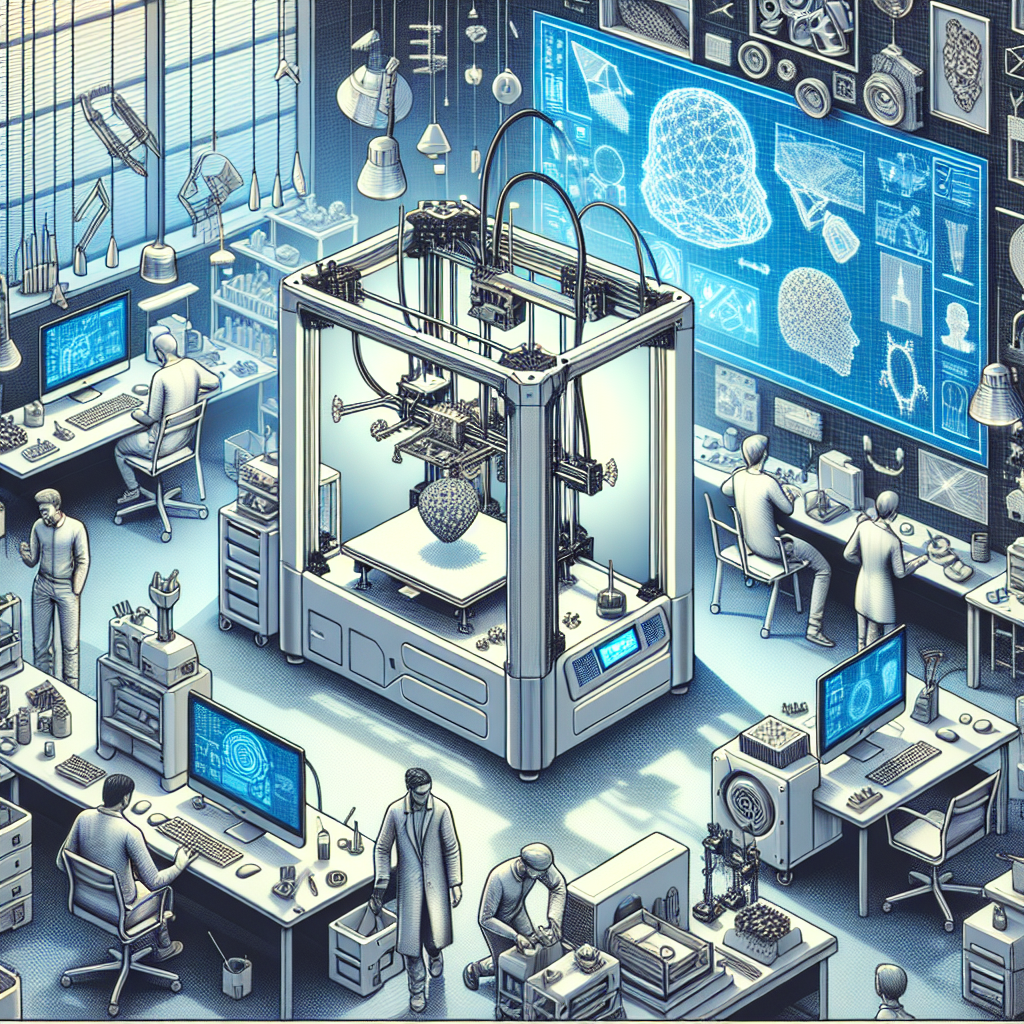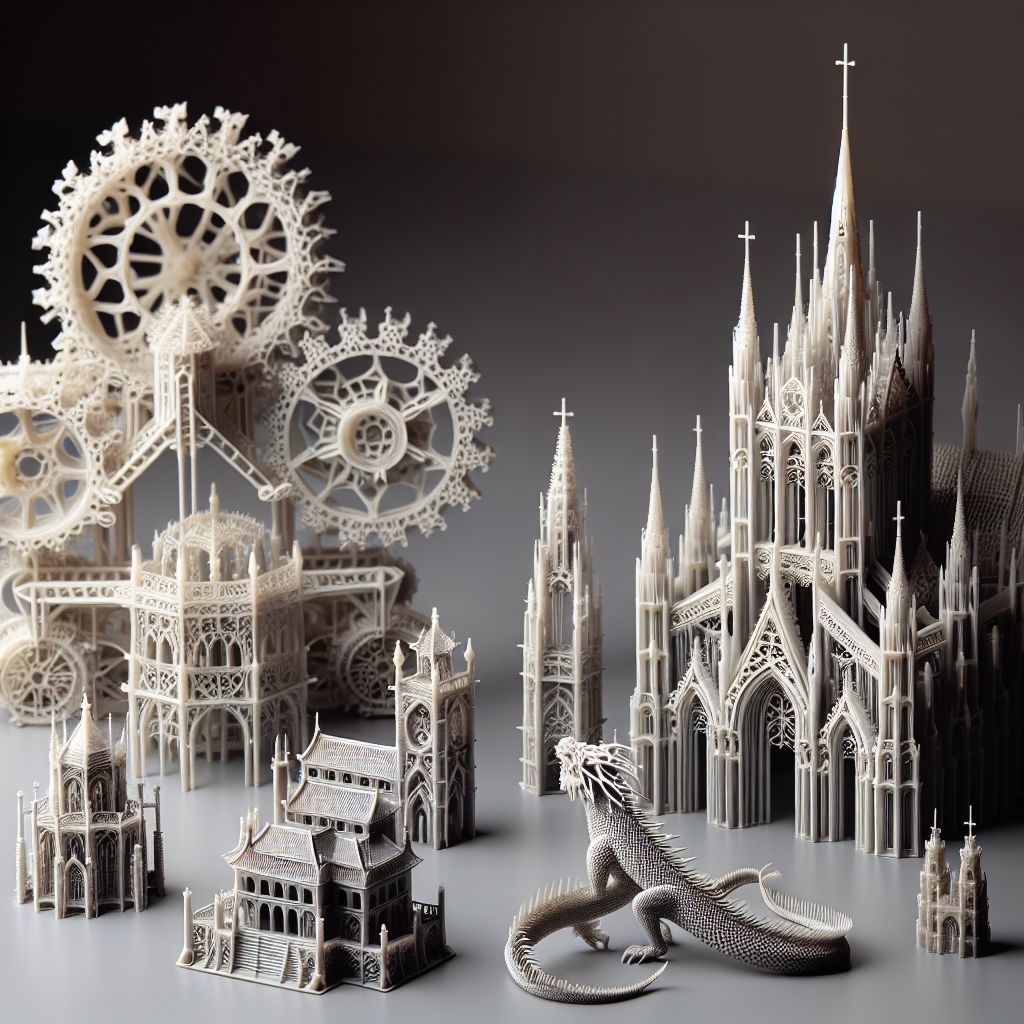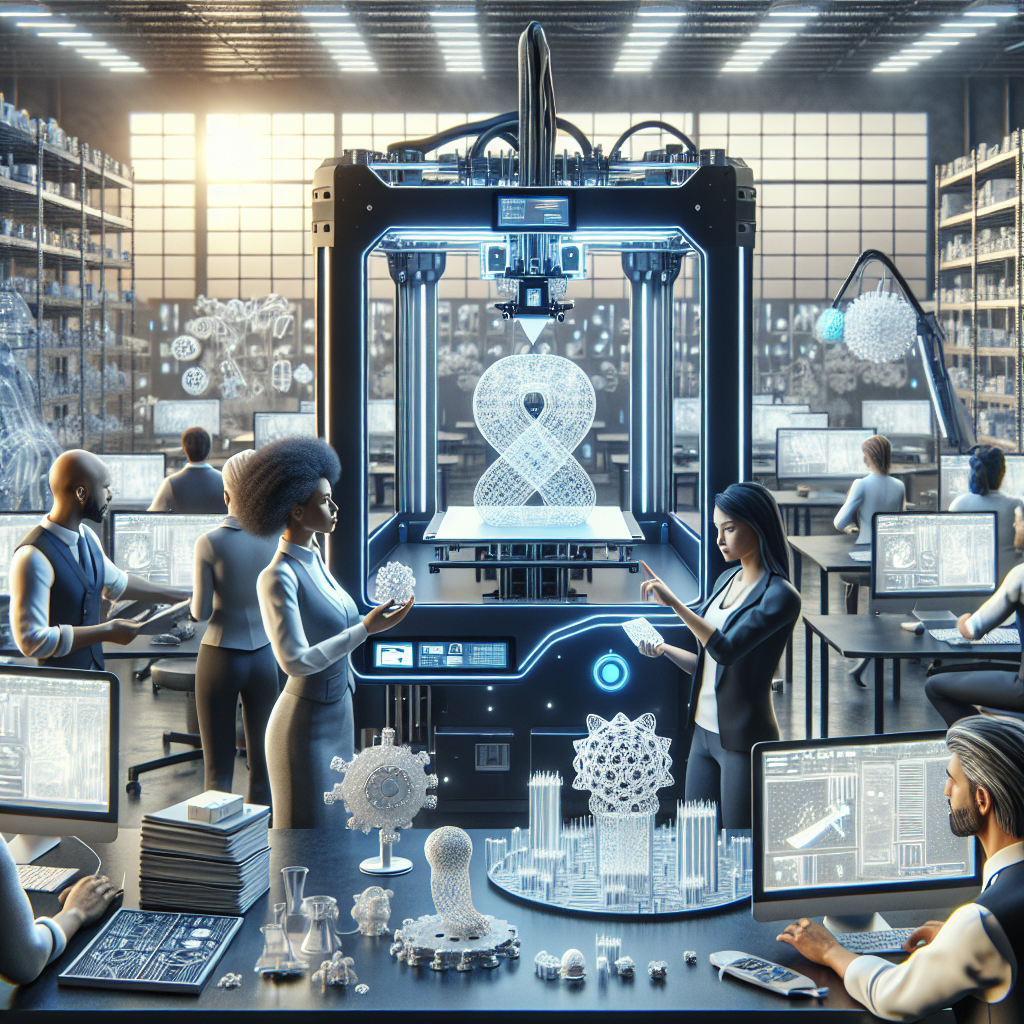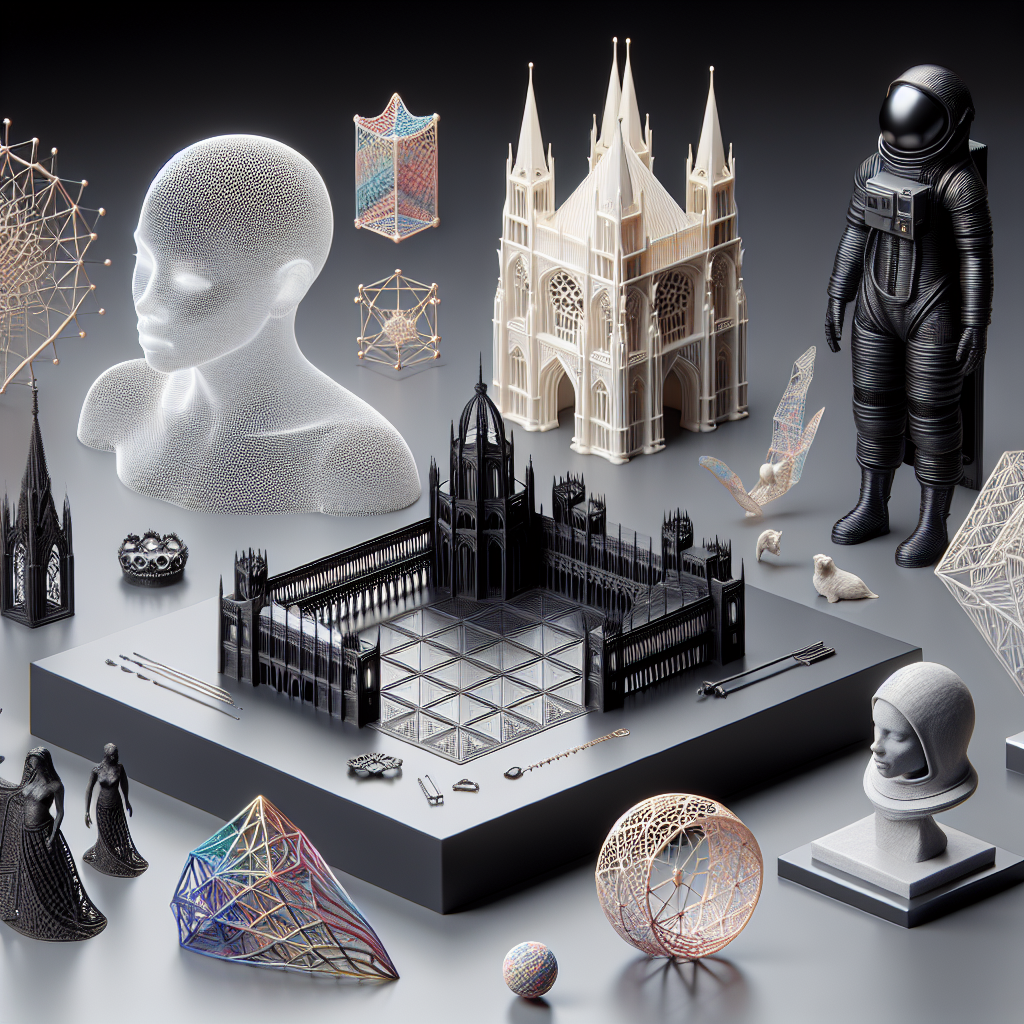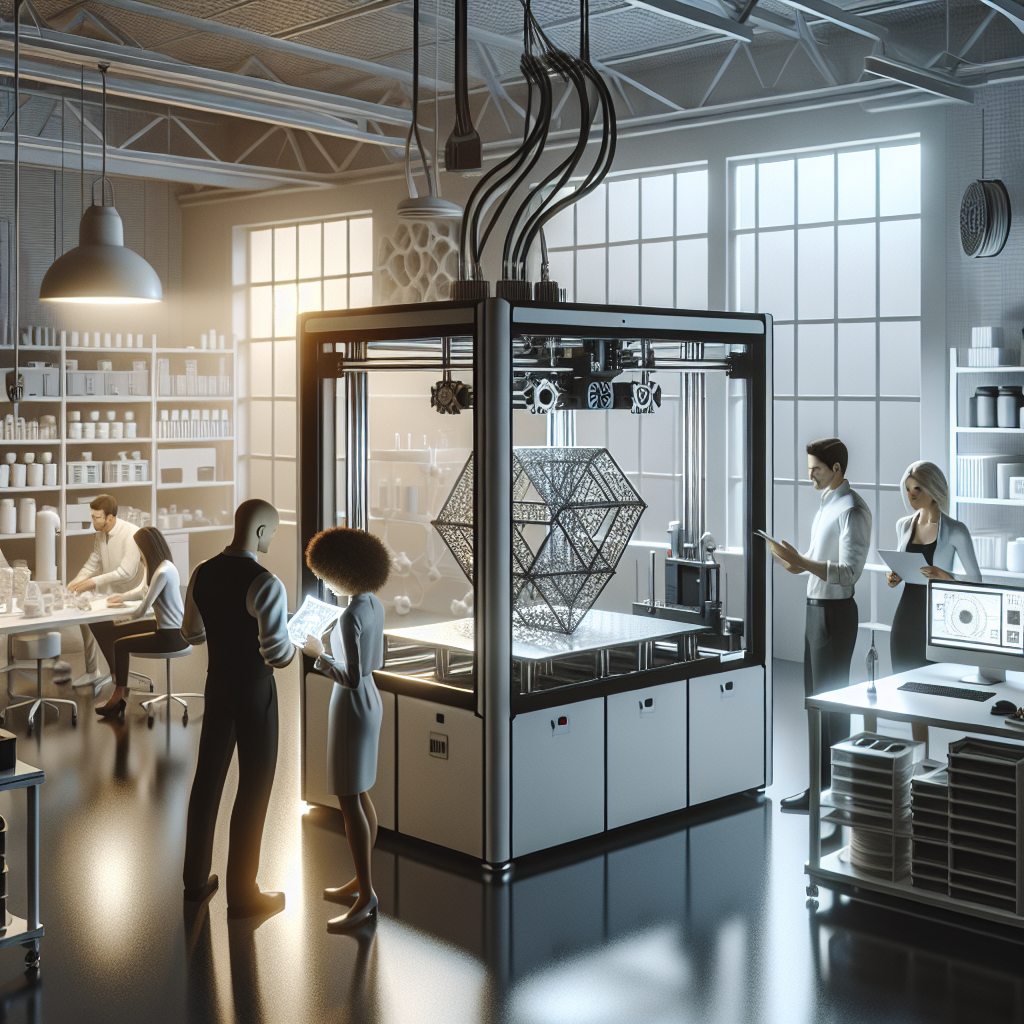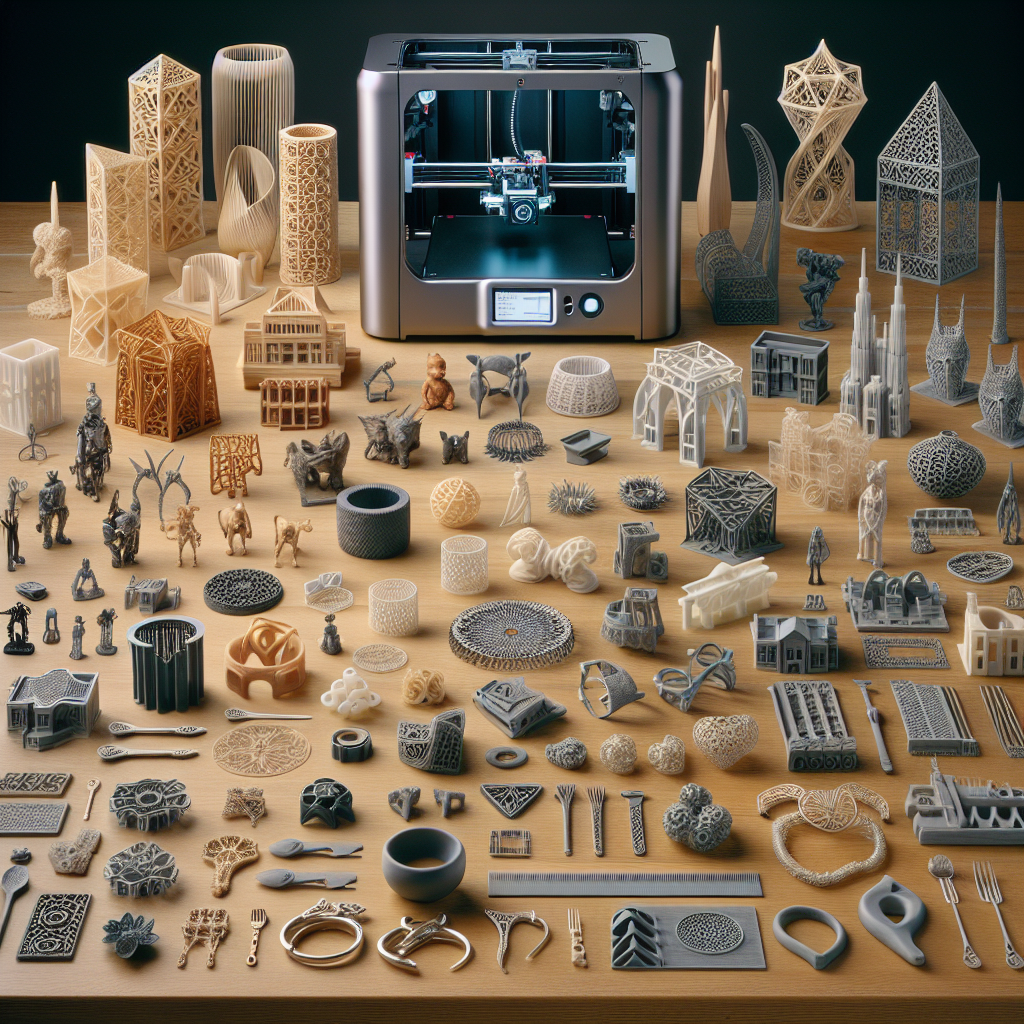Beyond Prototypes: Industrial 3D Printing Services Enter Mainstream Production
The evolution of 3D printing, also known as additive manufacturing, has been nothing short of revolutionary. What began as a method primarily for prototyping has now breached its embryonic stage, emerging into mainstream production. Today, industries worldwide are increasingly relying on industrial 3D printing services to optimize their manufacturing processes. As businesses continually innovate to stay competitive, 3D printing paves the way for agile and adaptable production lines. More than just a tool for creating prototypes, this advanced technology is now a cornerstone in industrial manufacturing, helping to redefine the very nature of production.
The Rise of 3D Printing Services
In recent years, 3D printing has transitioned from a niche technology to a driving force in modern manufacturing. The shift from traditional manufacturing methods to 3D printing is largely due to its ability to foster innovation while reducing costs and enhancing production speed. With the advent of industrial 3D printing services, companies can bring ideas to life more rapidly than ever before. Businesses can host their 3D printing projects off-site, allowing for greater flexibility and efficiency in the supply chain.
The expansive capabilities of industrial 3D printing services are clearly demonstrated through their application across a range of fields such as automotive, aerospace, healthcare, and consumer goods. Each sector has realized the potential of this transformative technology, leveraging it to overcome traditional manufacturing limitations. For instance, complex geometries that were once deemed impossible or excessively expensive can now be produced with ease. Industries can now circumvent tooling limitations and create innovative 3D product ideas that push the boundaries of design.
Manufacturing Redefined: From Prototypes to Production
Traditionally, 3D printing was utilized predominantly for prototyping. This application allowed for iterative testing and development, significantly shortening the product development cycle. However, contemporary industrial 3D printing has evolved to embrace final part production, offering a plethora of benefits over conventional manufacturing methodologies. These benefits include reduced material waste, lightweight structures, and the ability to integrate intricate designs that conventional techniques cannot achieve.
For example, moonstudio3d.com offers customized manufacturing solutions that cater to various industry needs. Businesses can create high-fidelity products faster than ever, reducing time-to-market significantly. With the integration of sophisticated materials and advanced printing technologies, companies can now produce robust and durable industrial components efficiently.
An illuminating case study is the automotive industry, which heavily benefits from 3D printing. Companies can manufacture complex parts with reduced weight and improved performance. In the competitive realm of motorsports, lightweight components are a significant advantage, translating directly into superior performance on the track.
Advantages of Industrial 3D Printing
Industrial 3D printing services offer numerous advantages over conventional manufacturing processes. Here are a few key benefits that have propelled 3D printing into mainstream production:
-
Customization and Personalization: Industries can now offer products that are tailored to individual specifications. This enhances customer satisfaction and broadens market appeal. The adaptability of 3D printing allows for mass customization without hefty investments traditionally required for retooling.
-
Reduction in Waste: Traditional manufacturing often results in significant material waste due to subtractive production techniques. In contrast, 3D printing is an additive process that minimizes wastage, providing an eco-friendly alternative.
-
Supply Chain Simplification: With localized production, companies can reduce the need for extensive logistics and storage facilities. This decentralization is evident in sectors using 3D product ideas, resulting in shorter lead times and reduced costs.
-
Complex Geometries: As previously mentioned, 3D printing obliterates traditional design constraints. This technological freedom translates into the creation of components with superior functionality and aesthetics.
- Rapid Prototyping and Production: The ability to quickly move from design to a physical product allows industries to respond swiftly to market demands and changes.
Challenges and Considerations
Despite its numerous benefits, the integration of industrial 3D printing into mainstream production is not without challenges. It requires not only a cultural shift within companies but also a reevaluation of existing workflows and supply chains. Adopting this technology demands upfront investment in training and infrastructure. Additionally, as with any manufacturing process, quality control remains crucial. The repeatability and consistency of printed parts must meet industry standards to ensure reliability and safety, particularly in critical applications such as aerospace and healthcare.
Conclusions
The industrial 3D printing landscape continues to expand, consistently proving its worth as a formidable production method. It is an integral component of Industry 4.0, driving innovation, and reshaping manufacturing paradigms. As the technology advances, its adoption is expected to grow across more sectors, each leveraging its unique advantages to supersede conventional methods.
For businesses looking to innovate, it is an ideal time to examine the potential of industrial 3D printing services within their operations. With partners like Moon Studio 3D, companies can explore a plethora of 3D product ideas, from conception to production, streamlining the process with expert guidance and cutting-edge technology.
To learn more about 3D printing applications and explore potential business solutions, visit Moon Studio 3D. The journey from prototype to production has never been more seamless, accessible, or transformative.
